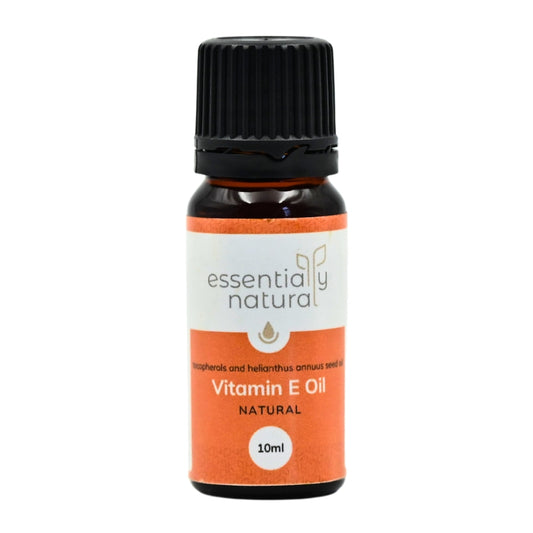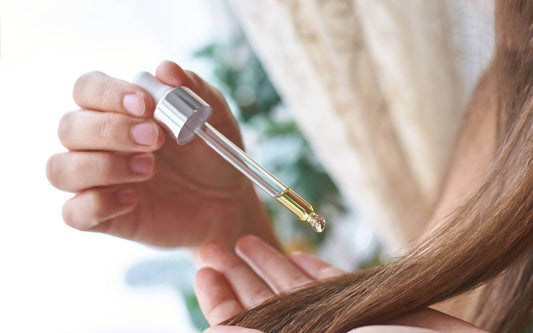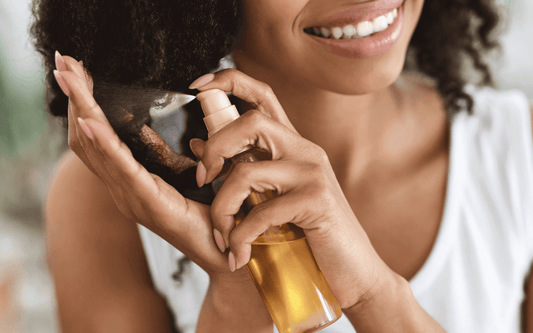
Conditioning Shampoo Bars
Juliette van der MeerThe last couple of weeks we have focused on learning all about the hair as well as the best ingredients and formulas to use for different hair types. We've covered a huge amount, and if you would like a crash course in hair care, then we highly recommend that you read through all the Hair Science blogs.
But now it's time to transition to our next topic, which is multipurpose products. Multipurpose products were one of 2023's trends, and something we will be exploring more in depth in future blogs.
We thought a shampoo bar was a rather neat combination of the two: shampoo bars are hair related, but let's face it, they can easily be used as body wash bars as well, making them a multipurpose product!
So let's dive in.
What is a shampoo bar?
By now most of you will have heard of, or even tried shampoo bars. They're solid shampoo in bar form and look like a bar of soap. They're great for travel, lightweight, and don't need a lot of packaging - making them a popular choice for the zero waste and waste-less movement.
In terms of making them, shampoo bars are on the more technical side. You need to have a solid understanding of the hair, as well as some experience with working with surfactants.
Let's chat a bit about shampoo bar ingredients.
Shampoo Bar Ingredients:
Surfactant-based shampoo bars contain one or more surfactants hardened with fatty acids and butters, and jooshed up with oils and good-for-the-hair actives and conditioning agents.
- Surfactants
Firstly shampoo bars require solid surfactants. You can't make a bar harden if you have an abundance of liquid ingredients. Sodium cocoyl isethionate is a vegetable based, anionic, solid surfactant that is the main ingredient in most shampoo bars, and it will do nicely.
Secondly, we like to have a blend of a few different surfactants to make the surfactants more mild. The betaines are exceptionally mild and make the rest of the surfactant blend milder. Additionally lauryl betaine has some conditioning and antistatic properties, so we'll definitely utilise it.
Because our solid surfactant is anionic (as mentioned here, anionic surfactants are not the first choice for hair products due to their conflicting charge), they are best used in conjunction with a couple of conditioning agents (which are usually cationic). This creates a more gentle shampoo, as otherwise purely anionic surfactant formulations can be a bit drying on the hair.
Note: usually we wouldn't blend cationics and anionics together in a liquid formulation due to their conflicting charge which may lead to separation issues. But since this is a solid formulation, separation isn't an issue, so we can get away with it.
- Conditioners
You need conditioning agents in a shampoo bar, like with any shampoo. Conditioners can come in the form of nourishing oils, Hydra Hair, hydrolyzed proteins, keratin, panthenol, cationic emulsifiers, or other ingredients such as sodium lactate, or even buttermilk powder.
- Thickening/hardening agents
Hard butters, and fatty alcohols and acids such as cetyl alcohol and stearic acid can all work well. Cetearyl alcohol (a combination of cetyl alcohol and stearic acid) has some softening and conditioning properties so try to use it if you can.
- Moisturisers
Butters and oils will be our moisturisers. Try to keep your liquid oil amounts low; you don't want your shampoo bar going soft.
Mafura butter, shea butter and mango butter are great as hair moisturisers.
Argan, amla (macerated), broccoli oil, hemisqualane, castor oil and Hydra hair are some great oil options.
- Preservative
Although shampoo bars are typically anhydrous (no water added) we still want to include a preservative because of the nature of a shampoo bar: it might contain a humectant or ingredients that are water soluble, and it sits in your shower and gets wet; we don't want any funky stuff growing for these reasons.
- Extras
You can play around with optional extras such as essential oils for fragrance, colourants such as micas, or clays.
- ASM
The active surfactant matter of shampoo bars is always going to be way higher than the typical recommended ASM for shampoo, simply because of the nature of solid surfactants and shampoo bars. They are concentrated products. The calculated ASM for the formula below is 47.4, which is much higher than the typical ASM of 15. Therefore we try to make the bar more gentle by including lots of moisturising and conditioning agents.























2 comments
Hi Charlotte, well done for attempting the shampoo bars! This is a more technical formula so don’t feel bad if it doesn’t turn out 100% on your first tries.
As mentioned I do powder the SCI – it’s the only way to get it to melt. Unfortunately it is not available in a ready powdered form, only flakes. So I use a food processor and a dust mask.
I don’t have too much trouble with the panthenol. It is sticky and thick but I manipulate it off a spatula with a spoon into a beaker on a scale.
I’m not sure about the oil because I haven’t used it on my hands before. It may interfere with the drying process so just monitor that.
You can try reducing the liquids part to make the mixture slightly drier and therefore more workable. Feel free to experiment!
WOW, thanks. have made two efforts making shampoo bars using your formula. I managed to make a few very acceptable bars and enjoyed using them. I did not, however find it easy to put the mixture together. Maybe I have been doing things wrong and I would like to do justice to the formulation. I have done extensive work with butters, serums, shampoo, emulsions and soaps.
Thanks so much for being able to look for help from you.Here are my hitches;
1. Oooo SCI needs very careful care. Grinding it in my coffee grinder created so much fine dust. OK, I know now to be more careful but can one not get it in a powder form? Second time round i used it in flake form – took me two days to melt it. Eventually I did get a smooth paste and, eventually, acceptable bars. I think grinding and using a microwaving is probably the answer. will try that next time.
2. How does one measure d-panthenol accurately? I tried a pipette, no luck, a small plastic spoon, great difficulty. Haven’t tried heating it slightly, I mean just dipping the container in warm to hot water. would I damage the product and will it thin down a bit? Or am I doing it wrong?
3. The cookie dough consistency is difficult to mold. I even thought of putting it through my cookie maker, (just joking) and making fancy cookie shapes, didn’t try it though. I find it needs quite strong compression, which I could not manage in a normal silicon mold. I did try oiling my hands slightly with the oil that I used in the formulation, and again, my baking experience surfaced, and I kneaded and rolled a small amount into a ball and squashed it sort of flatish with my hands. Will using the oil on my hands upset the performance of the bars, sorry, balls?
4. Is there any way in which one can make the mixture more workable, also to get a smooth finish to the article?